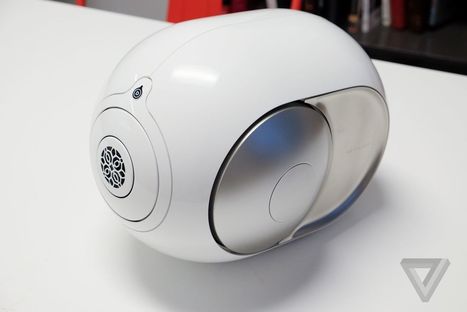AI can generate storyboard animations from scripts, spot potholes and cracks in roads, and teach four-legged robots to recover when they fall. But what about adapting one person’s singing style to that of another? Yep — it’s got that down pat, too. In a paper published on the preprint server Arxiv.org (“Unsupervised Singing Voice Conversion“), scientists at Facebook AI Research and Tel Aviv University describe a system that directly converts audio of one singer to the voice of another. All the more impressive, it’s unsupervised, meaning it’s able to perform the conversion from unclassified, unannotated data it hasn’t previously encountered.
The team claims that their model was able to learn to convert between singers from just 5-30 minutes of their singing voices, thanks in part to an innovative training scheme and data augmentation technique.
“[Our approach] could lead, for example, to the ability to free oneself from some of the limitations of one’s own voice,” the paper’s authors wrote. “The proposed network is not conditioned on the text or on the notes [and doesn’t] require parallel training data between the various singers, nor [does it] employ a transcript of the audio to either text … or to musical notes … While existing pitch correction methods … correct local pitch shifts, our work offers flexibility along the other voice



 Your new post is loading...
Your new post is loading...










The End of The Voice ?